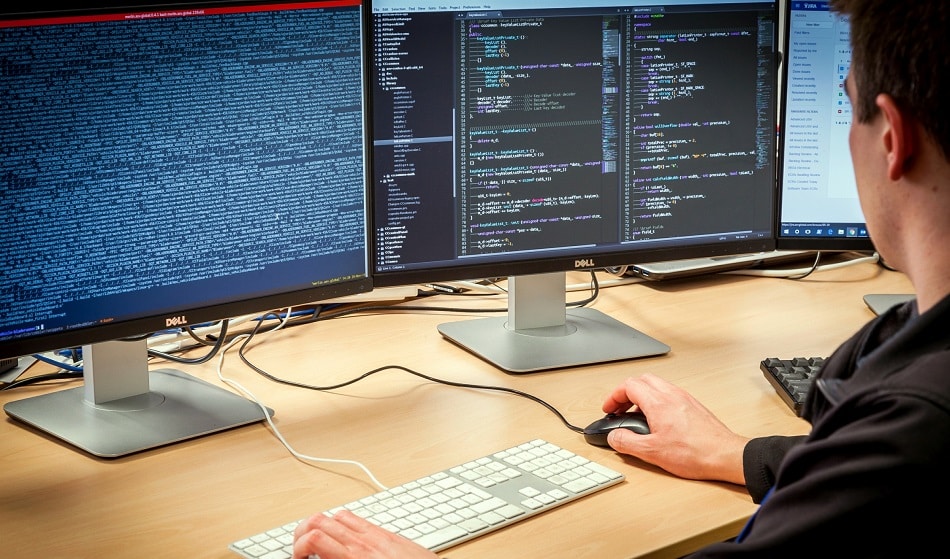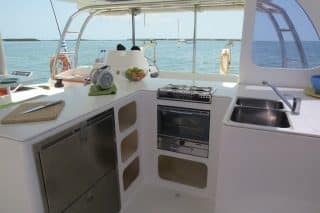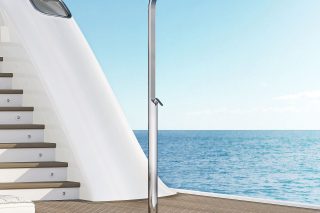In partnership with design, engineering and risk management consultancy BMT, autonomous technology specialist ASV Global is leading a new EUR 1.36 million research project to enhance the safety—especially collision avoidance—and reliability of autonomous navigation.
Partially funded by Innovate UK, Britain’s innovation agency, the Synthetic Imagery Training for Machine Vision in Extreme Environments project (SIMVEE), will enhance situational awareness to enable autonomous surface vessels (ASVs) to operate in extreme and congested environments.
The project team will use deep learning machine vision systems, trained with a unique combination of simulated and real-world data, and will build on ASV Global’s existing anti-collision regulations-cognisant autonomous collision avoidance and path planning capability. BMT’s REMBRANDT ship maneuvering simulator will both train and validate ASV Global’s vision algorithms to detect and classify objects at sea.
Speaking to NauticExpo e-magazine, ASV Global’s unmanned systems developer William Payne said:
Autonomous navigation systems use radar and AIS to detect potential collision hazards. Sometimes, making the correct navigation decision requires more information about a hazard than radar alone can provide—eg if a radar return corresponds to a motor boat, a yacht under sail, a fishing vessel, or a vessel restricted in its ability to manoeuvre: different decisions may be required in each case.
Payne explained that they can process video and image data from cameras aboard an ASV to determine which object class is more likely, allowing the autonomous navigation system to make decisions based on better information.
Training Deep Learning Systems
“In recent years, a surge of excitement has been generated by the success of ‘deep learning’ techniques, most notably in image classification tasks like this. Rather than being programmed by hand, these techniques rely on the software being ‘trained’ from tens or hundreds of thousands of example images. Deep learning techniques typically make use of neural networks with a large number of layers,” Payne continued. He added:
This project is mainly concerned with developing our ability to train these deep learning systems with imagery and video data either collected at sea or generated in a simulator. In particular, we are interested in being able to use the simulator to ‘fill in the gaps’ to produce data that would be difficult or dangerous for a manned vessel to collect.
In terms of collision avoidance, Payne explained:
We are looking to extend the range at which we can classify objects as well as expand the environmental envelope—lighting conditions, sea state, etc—within which such a system can be used.
He said that the big research challenge is understanding when to use synthetic data and when to use real-world data, and in how to combine them so that both contribute as much as possible to the resulting system’s performance.
BMT managing director Phil Thompson noted: “Utilizing data gathered by our REMBRANDT simulator, as well as real-world onboard camera data, lets the team train the autonomy system with large quantities of data. SIMVEE will not only allow ASVs to operate in the same way as traditional manned vessels, but will open up new use cases and applications with the added use of BMT’s Search & Rescue Information System.”








